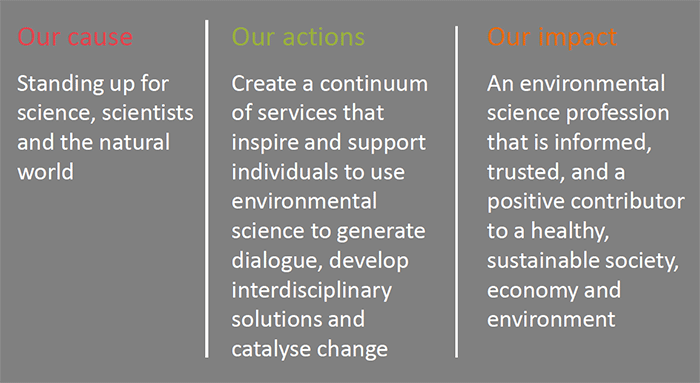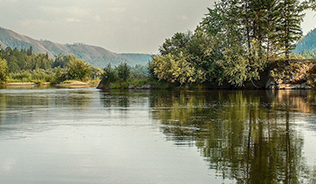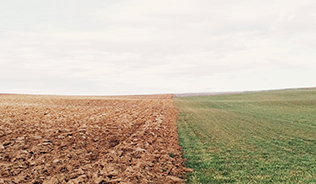Over the past 12 months, the IES has been developing a new strategy which will guide the organisation over the next three years. In a series of blogs, IES CEO Adam Donnan explains the thinking behind the strategy and how it will change the work of the Institution.
Much has been made recently of the war on expertise. From Michael Gove's infamous "I think that the people of this country have had enough of experts" to the political interference in science, research and teaching in both the UK and USA. Commentators have identified a myriad of drivers for this disdain from the failure of experts to predict the financial crisis, to the concerted attacks on climate scientists within our sector.
The IES is an organisation for experts. The majority of our members hold a masters degree (55%), and over a third of our Members and Fellows are Chartered. So, what does this lack of trust in the 'advice-givers' mean for us as professionals, and for our role and influence in society? This question was one of the background themes when drafting the new strategy.
To reach the level of an expert requires dedication, passion, and drive. Working in the field of science means that our work is constantly scrutinised by our peers, who test the validity of methodologies and the robustness of our conclusions.
We believe in our members' expertise and that they have a vital role to play in society.
Yes, sometimes there will be conflicting evidence, sometimes we will communicate badly, and on rare occasions we may give bad advice. There will be times when the best evidence won't naturally lead to the best policy. But environmental scientists should not retreat from the important societal role we have in helping the transition towards a sustainable society, economy and environment.
In my first blog, I outlined the new object of the Institution - 'standing up for science, scientists and the natural world' - and explained the multitude of stakeholders that the Institution serves. However, this statement in isolation does not explain the impact that we seek in the world. As part of the strategic review, we therefore came up with a new 'Cause-Action-Impact' triptych to explain how our cause aligns with our actions to subsequently create impact.

Expertise does not lie at the centre of our network; our knowledge and understanding of environmental science come from our members and partners. Within this new model, the role of the Project Office is clarified as acting as a facilitator of dialogue between disciplines and between experts and the public. Once potential solutions have emerged, our role is to act as a loudspeaker, making certain that relevant groups hear the results. How we align our membership services to these goals will be the topic of my next blog.
The ‘action-impact’ part of the triptych focuses on finding solutions. As part of this new approach, the organisation will be undertaking a horizon scanning exercise to identify key issues for the sector to engage with over the coming year. A survey will be sent to all Members in early November to gather their expert input into this process.
The new strategy ensures that we nurture knowledge and skills, and create spaces for dialogue so that environmental experts are a respected, trusted and positive voice within public and political discourse. In an environment where expertise may be dismissed or overlooked, we are standing up for science, scientists and the natural world.





